Repotting any plant can be pretty scary, especially for first-time plant owners. There are always worries about damaging the plant during the repotting process.
Bird of paradise plants may even be scarier to repot for others because of their large structure and delicate foliage. But don’t worry because these beautiful plants are actually quite easy to repot!
In this guide, we’ll answer all your questions about repotting your beloved bird of paradise plants. From the perfect timing and soil to the step-by-step repotting, we got it covered!
What kind of soil does a bird of paradise need?
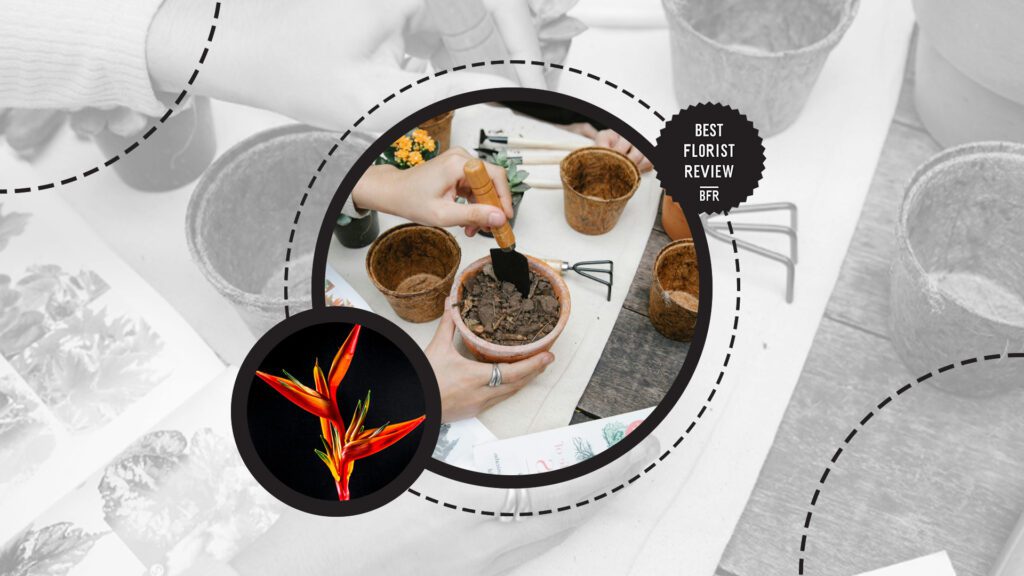

Bird of paradise plants need lots of nutrients to maintain their beautiful foliage, so always use a nutrient-rich soil mix. Look for mixes with 5.5 to 7 pH to make sure the plant can absorb the nutrients in the soil without a problem.
The soil should also have properties that promote good drainage and aeration since bird of paradise plants are pretty sensitive to overwatering. But don’t use highly draining mixes because the plant will still need enough moisture to thrive.
If you’re making your own soil mix, here’s a soil mix recipe you can follow:
- 2 parts peat moss
- 2 cups of coarse sand
- 1 part perlite
- 1 part compost
- 2 tbsp. of limestone
Do birds of paradise like to be pot-bound?
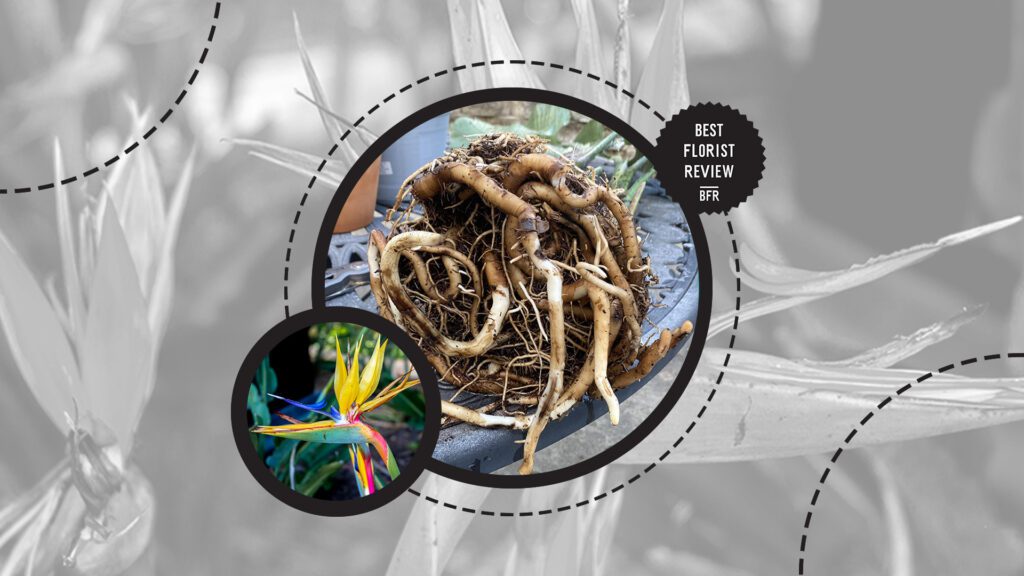

Bird of paradise plants thrive better where they’re slightly root-bound. They have better chances of flowering when there’s only less than an inch of space between the roots and pot.
This is why birds of paradise plants need less frequent repotting, as they can stay in the same pot for years no matter how much it has grown. Unless the soil has become too depleted or the roots are extremely bound, repotting isn’t needed.
When do you need to repot bird of paradise plants?
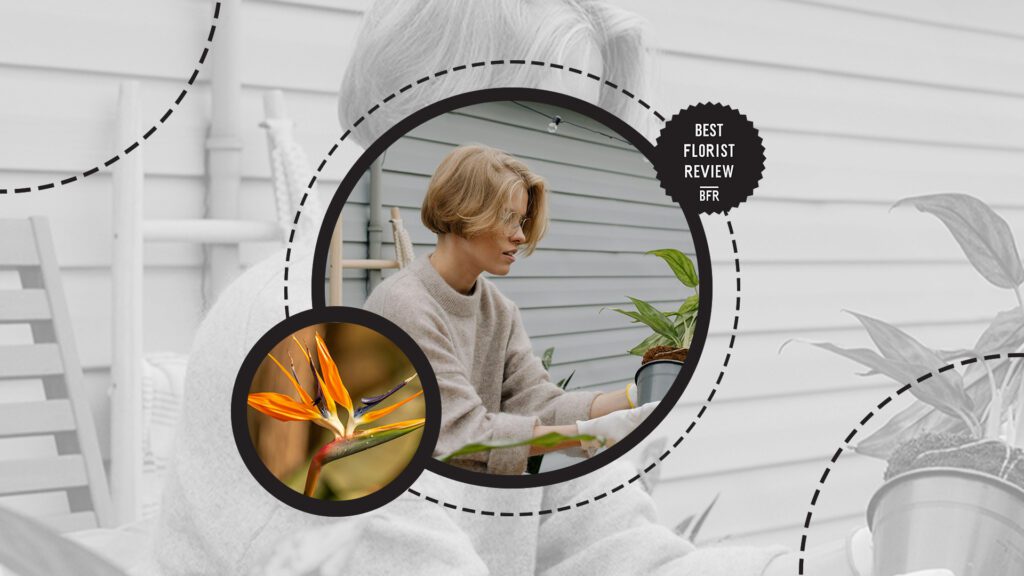

Bird of paradise plants will typically need repotting every three to four years, around spring when they’re active. It’s not recommended to repot during winter since the plant is dormant and may not be able to recover quickly.
That said, you should still check the soil’s quality every now and then to make sure it can still support the plant’s needs. If the soil can no longer hold sufficient water, it’s time to repot even if the 3-year mark hasn’t yet passed.
How do I repot my bird of paradise plant?
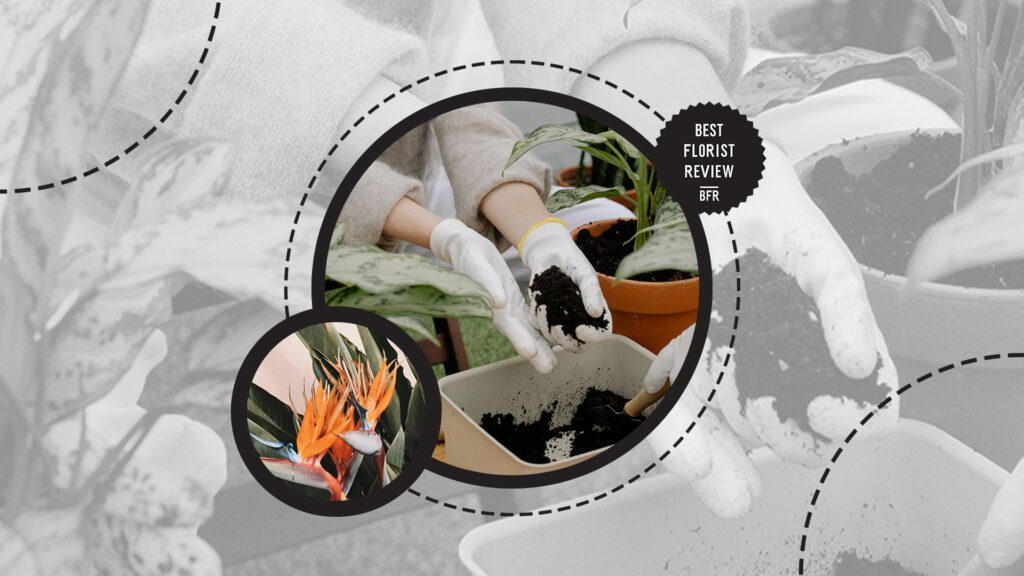

Step 1: Prepare a new pot.
Choose a pot that’s about one to two inches wider in diameter than the plant’s old pot. This will give the roots enough space to grow, but it’s not too big to prevent them from thriving.
Look for a pot with drainage holes to avoid overwatering. Bigger bird of paradise plants will benefit by having a pot with two to four drainage holes.
Step 2: Prepare the new soil mix for the plant.
You can buy a soil mix from the market or make your own by following the recipe we provided earlier. If you’re buying pre-mixed soil, avoid succulent soils since they don’t have enough nutrients and don’t retain enough moisture.
Step 3: Lay down a tarp or paper on the floor or the desk you’re working at.
Repotting can be a pretty messy job, so make sure to lay down a tarp or newspaper on your work area to make cleaning easier. Bigger plants may need to be taken outside since you’ll be dealing with more soil.
Step 4: Add a layer of soil mix to the new pot.
Pour a few-inch layer of the soil mix you prepared into the new pot. The layer should be tall enough to keep the plant in the same depth it was sitting in its previous pot.
This will prevent the roots from touching the drainage holes and blocking them.
Step 5: Carefully remove your bird of paradise plant from its current pot.
Gently tap the sides of your bird of paradise container to loosen the soil inside. If the plant still doesn’t budge from its position, you can use a knife to carefully loosen the plant from the sides.
For those using a plastic pot, breaking it off might be more helpful if it’s really hard to remove the plant.
Step 6: Check the roots for any sign of damage.
Trim damaged roots and leaves before transferring them to a new pot. This will encourage your bird of paradise plant to focus on its healthier roots and leaves.
Step 7: Transfer the plant to its new home.
Place the plant in the center of its new pot and fill the sides with the extra soil you have to keep it in place. Leave about an inch of space between the surface of the soil and the rim of the top to avoid water from spilling whenever you’re watering the plant.
Step 8: Water the plant thoroughly.
Water the soil evenly and thoroughly to help your bird of paradise plant recover and avoid transplant shock.
Post-Repotting Care Requirements of Bird of Paradise Plants
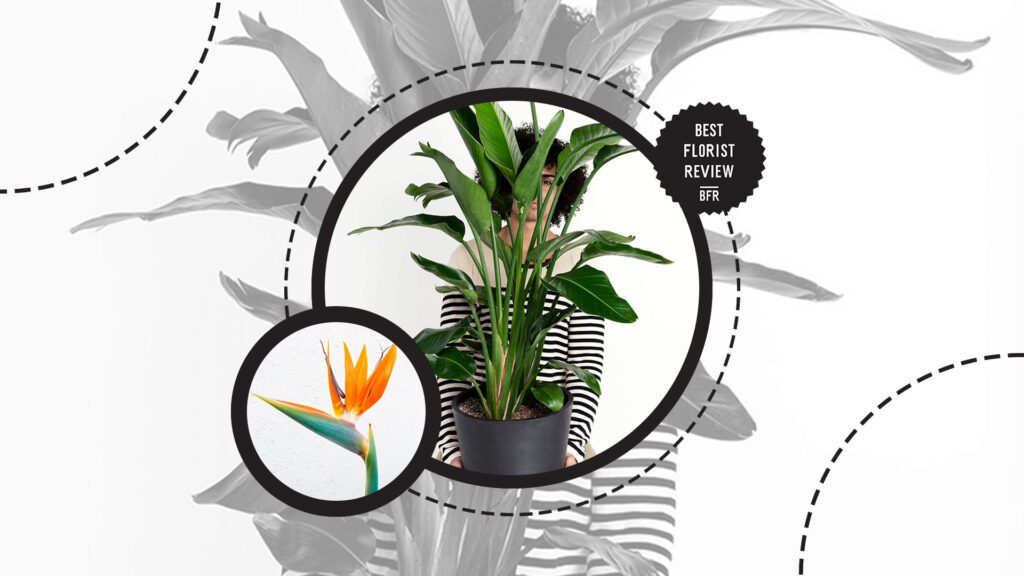

Repotting can cause stress and transplant shock to the plant, especially if the roots are heavily disturbed. You’ll need to provide it with proper care to make sure it returns to its healthy state.
Here are some pointers that you have to remember about the post-repotting care requirements of bird of paradise plants:
- Provide it with indirect sunlight.
Your bird of paradise will need plenty of indirect sunlight for a few days to recover from the repotting process. Avoid placing it anywhere with direct sunlight as it can be too intense for the plant and cause stress.
- Return to its old location after a few days.
If the plant is originally placed somewhere with direct sunlight, return it after a few days. But if it’s originally placed somewhere with indirect light, just return it immediately after repotting.
This is to minimize the changes in the plant’s environment and prevent it from suffering more stress.
- Adjust watering according to its needs.
After repotting, you’ll notice that the plant’s watering needs will significantly change, so make sure to adjust accordingly. This is mainly because the new soil can retain more water than the previous mix.
- Don’t apply fertilizer in the meantime.
Since the soil is new, it’s still packed with nutrients, so you won’t need to fertilize your bird of paradise for about three to six months. Adding fertilizer may only result in overfertilization and hurt the plant.
After repotting, there’s a chance your bird of paradise may not bloom for about a year even if you provided it with utmost care. The plant is still trying to settle in its new home, so this is pretty normal and shouldn’t be a cause of concern.



